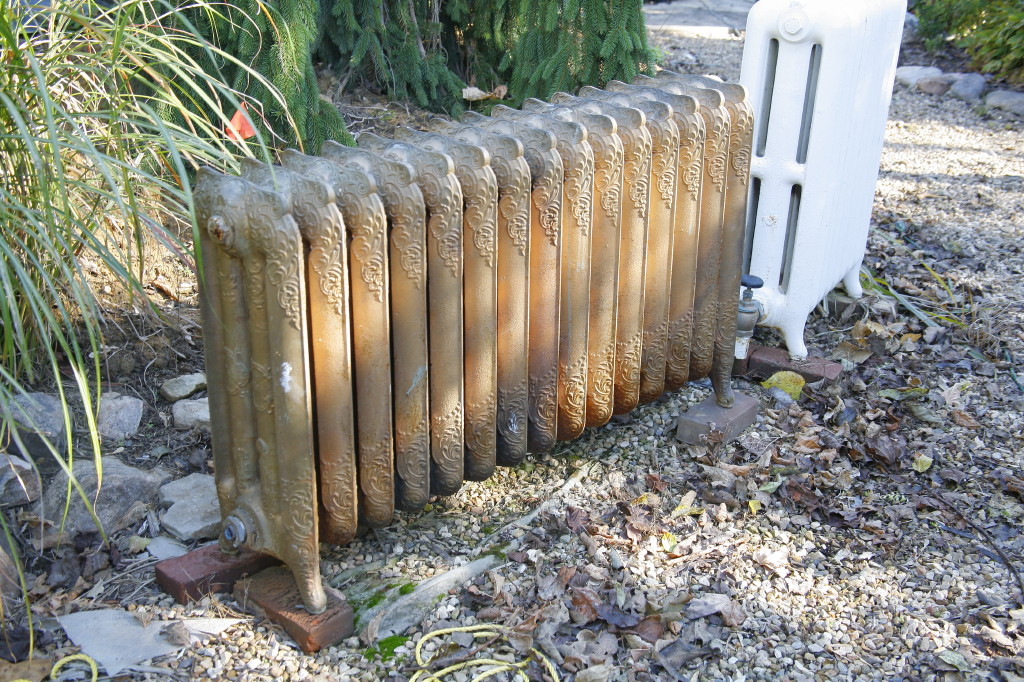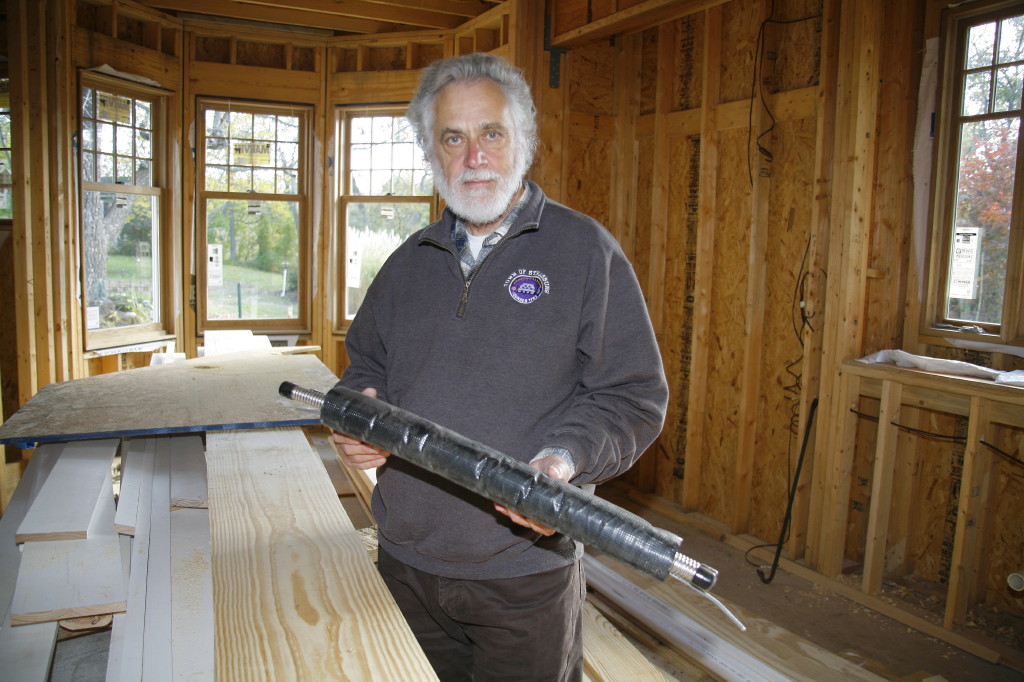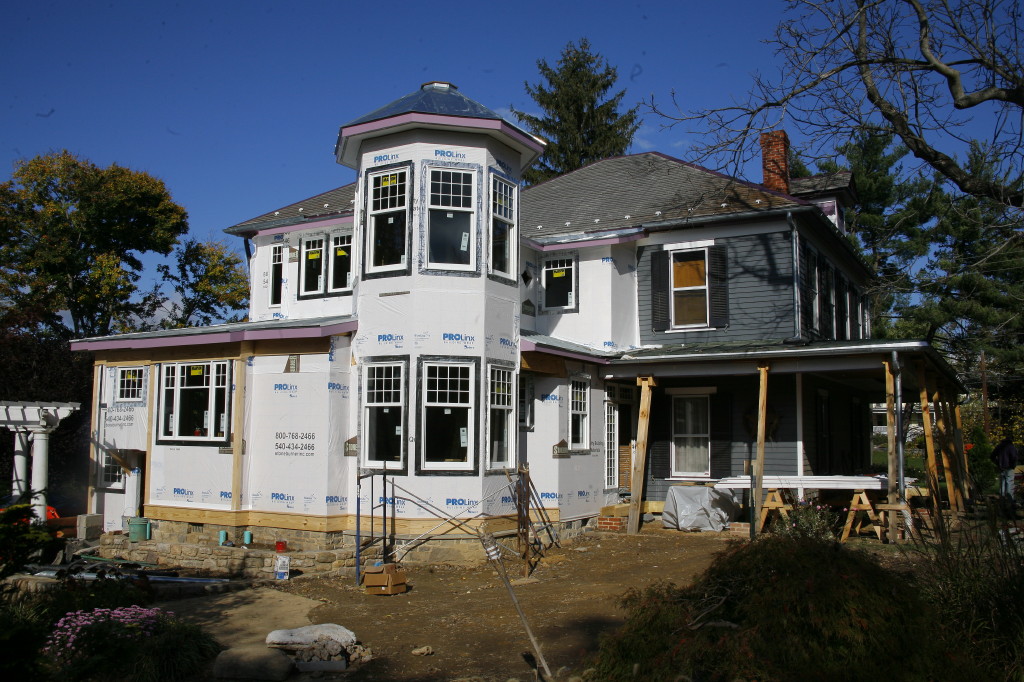The LeVines devised a system that would allow them to keep the house’s original radiators.
With the rehabilitation of their historic house in Strasburg, Virginia, Don and Lana LeVine wanted to preserve the original system in their ca. 1912 Colonial Revival while adding a practical modern heating system for a new rear kitchen addition and small third-story tower. Because the house is part of the town’s local and National Register historic districts, the addition had to be approved by the architectural review board.
The original hot-water heating system was oil-fired with an obsolete furnace, but attractive and cherished decorative radiators. The LeVines decided to retain and refinish the radiators in silver or brown colors during their preservation of the old house. It made sense to update the basement furnace with a new efficient propane-powered one. The house had central air-conditioning, with units in basement and attic to avoid unsightly ductwork. The LeVines considered a mini-duct system, but opted instead to expand the existing system, running new ductwork to the addition.
Modern radiant underfloor heating runs throughout the addition.
The addition, designed by architect Doug Roller, required more decisions. As new construction, it was easier to include ductwork for central air-conditioning for the bathrooms and kitchen, although, as Don notes, “Nothing is easy in new construction.” For heating, continuing the hot-water system used in the original house would have required radiators or continuous baseboard piping, which would compromise space in their compact new wing. Electrical heat, using wall- or ceiling-mounted panels, was another alternative. Eventually, they decided on a modern hydronic radiant system, which runs through the floor of each story in a continuous loop. They wanted the comfortable warmth of a heated floor as well as the easy installation.
The new kitchen addition features a Queen Anne-style tower.
The heating system in the original house is fueled by a new propane furnace, with the tank buried outside the house. In a complex installation, they decided to use an up-to-date solar-panel system housed in the rear yard, out of sight of the house, to provide domestic hot water for the entire house and heat for the addition. The new propane furnace not only heats the original house, but is set up to provide supplemental heat for the addition if needed. The couple can take advantage of the 30-percent federal tax credit for either the solar or dual thermal system. With their new addition nearing completion, the LeVines look forward to the comfort of a combined system that suits the particular requirements of both the historic house and the new addition.







